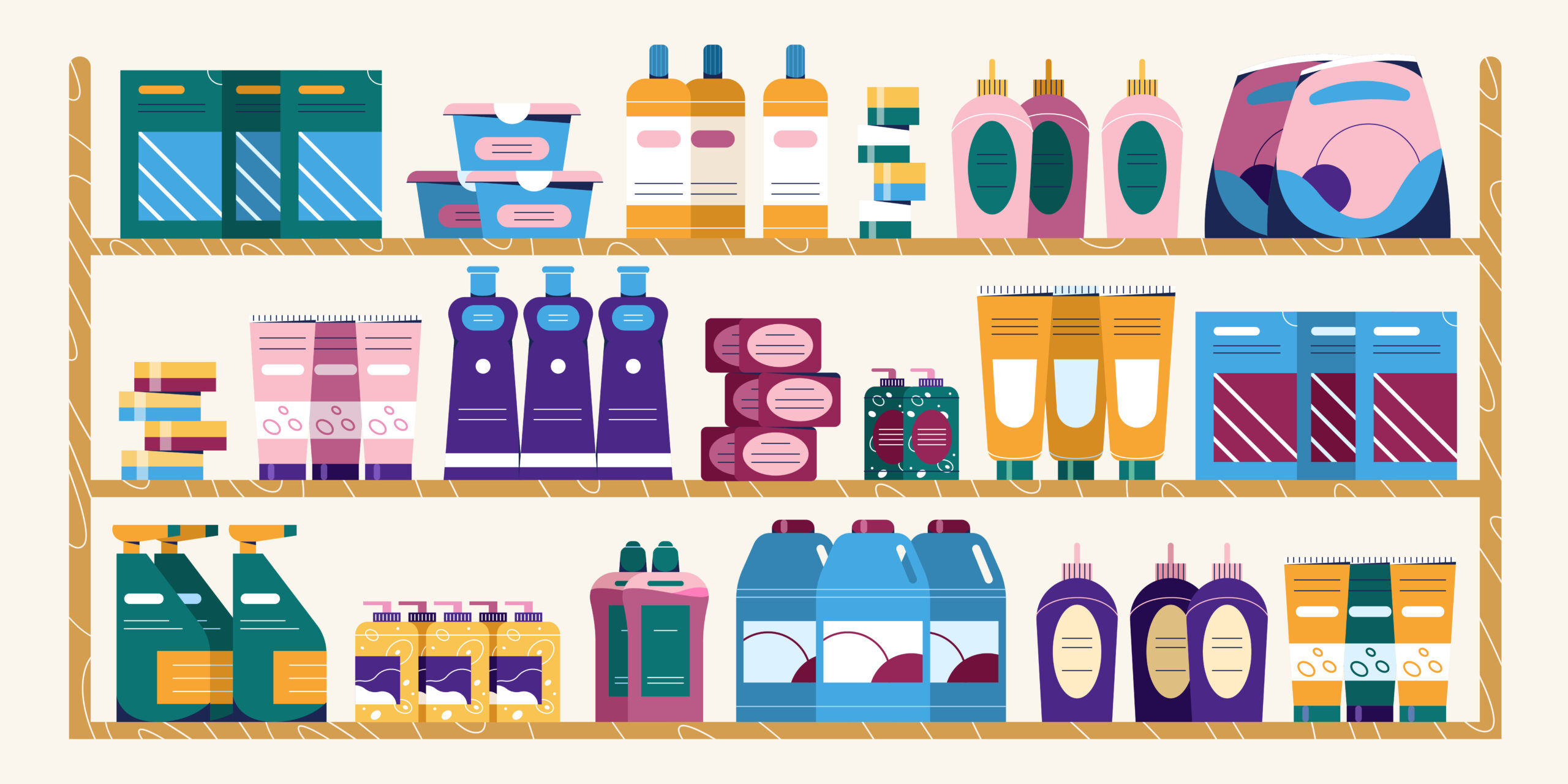
How to Properly Store and Extend the Shelf Life of Adhesives
Introduction
The shelf life of adhesives is a critical factor to consider for optimal performance and cost savings. Proper storage plays a vital role in preserving the quality and longevity of adhesives in various industries, be it construction, manufacturing, or arts and crafts. In this comprehensive guide, we will delve into the importance of storing adhesives correctly and provide valuable tips on extending the shelf life of adhesives. By adhering to these best practices, you can ensure that your adhesives remain in prime condition, leading to improved project outcomes and greater efficiency. So, let’s explore how to maximize the shelf life of adhesives and make the most out of your investments.
Understanding Shelf Life of Adhesives
Adhesive shelf life refers to the period during which an adhesive maintains its quality and effectiveness. It is influenced by several factors that can impact its stability and performance. These factors include temperature, humidity, exposure to air and light, as well as contamination and cross-contamination.
Temperature and humidity considerations
Proper storage of adhesives is crucial for maintaining their quality and performance. Here are key points to remember:
- Temperature sensitivity: Adhesives are sensitive to temperature changes. Store them within the recommended temperature range indicated on the product packaging. Extreme temperatures can degrade adhesives and affect their bonding capabilities.
- Humidity impact: Humidity can also affect adhesive quality. It can lead to changes in viscosity and compromise performance. To prevent moisture absorption, store adhesives in a dry environment.
- Follow manufacturer recommendations: Adhere to the recommended temperature range specified by the adhesive manufacturer. Each adhesive type may have different storage requirements. Avoid exposing adhesives to extreme temperature fluctuations, as it can cause chemical changes and reduce effectiveness.
- Monitoring storage conditions: Consider using a temperature and humidity monitoring device to accurately track storage conditions. This helps ensure optimal storage conditions and preserves adhesive quality.
Read This Also: Two-part room temperature curable thermal conductive epoxy resin that dissipates heat from bonded parts.
Air and Light Exposure Prevention
Air and light exposure can significantly accelerate the degradation of adhesives. When adhesives come into contact with air, chemical reactions occur that can alter their composition and bonding properties. Similarly, ultraviolet (UV) light from direct sunlight can also lead to adhesive degradation. To preserve the stability of adhesives, it is crucial to shield them from air and light. This can be achieved by storing adhesives in airtight containers or ensuring the original packaging is tightly sealed. It is recommended to keep adhesives in a dark and cool place, away from direct sunlight or artificial light sources. If the original packaging is unavailable, transferring the adhesive to a suitable airtight container and properly sealing it can help prevent air from entering.
Proper Storage Practices for Adhesives
Following proper storage practices is crucial for maximizing the shelf life of adhesives. By implementing the following guidelines, you can maintain the quality and performance of your adhesives:
Visit here for better knowledge: The Future of Adhesives and Sealants in EV: Challenges, and Opportunities.
Contamination and Cross-Contamination Prevention
Preventing contamination and cross-contamination is crucial for maintaining the quality of adhesives. Contamination can occur when adhesives come into contact with foreign substances like chemicals or solvents, leading to a loss of effectiveness or undesirable reactions. To prevent contamination, it is important to store adhesives in a dedicated, clean, and dry storage area. Keep them away from chemicals, solvents, or any substances that may contaminate them. Implementing good housekeeping practices such as regular cleaning and maintenance of the storage area can help minimize the risk of contamination. Additionally, store different types of adhesives separately to avoid cross-contamination, as incompatible adhesives can interact and compromise their performance.
Adhesive Storage FAQs
Let’s address some commonly asked questions related to adhesive storage and the shelf life of adhesives:
Can expired adhesives be used?
Using expired adhesives is generally not recommended. Over time, the adhesive’s composition can change, affecting its bonding capabilities and overall performance. It is best to dispose of expired adhesives and replace them with fresh ones to ensure reliable and consistent results.
How should expired or degraded adhesives be disposed of?
Proper disposal of expired or degraded adhesives is essential to prevent environmental contamination. Follow local regulations and guidelines for hazardous waste disposal. Contact your local waste management authorities or hazardous waste facilities for specific instructions on how to dispose of adhesives safely.
Can freezing adhesives extend their shelf life?
Freezing adhesives can sometimes extend their shelf life, especially for specific adhesive formulations. However, freezing is not suitable for all types of adhesives. Consult the adhesive manufacturer’s recommendations to determine if freezing is an appropriate method for extending the shelf life of a particular adhesive. Improper freezing or thawing processes can negatively affect the adhesive’s performance.
Conclusion
Proper storage and shelf life extension are critical factors in ensuring the quality and performance of adhesives. By following the recommended practices for temperature and humidity control, preventing air and light exposure, and minimizing contamination risks, you can significantly extend the shelf life of adhesives. Additionally, implementing techniques such as rotating adhesive inventory, conducting quality tests, and using additives or stabilizers can further enhance their longevity. By taking the necessary steps to store adhesives correctly and maximize their shelf life, you can improve project outcomes, reduce waste, and save costs in the long run. Invest time and effort in proper adhesive storage practices, and you will reap the benefits of reliable and efficient adhesive performance when you need it most.




Post a comment